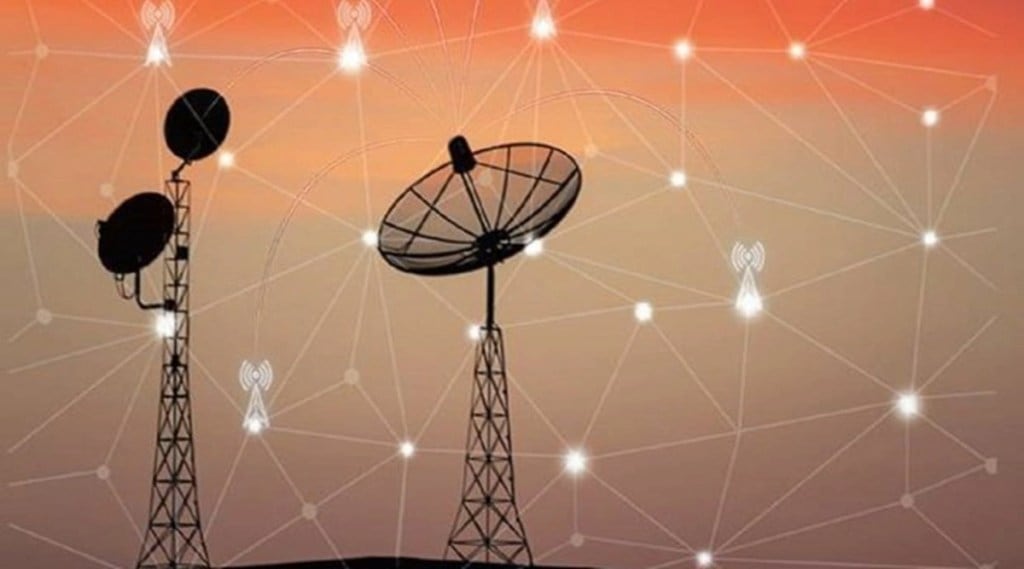The Cellular Operators Association of India (COAI) on Tuesday reiterated its demand for the spectrum in 6 GHz band. The telecom body said that the spectrum is critical for cost-effective rollout of the 5G network, offering better capacity and coverage to the telecom companies. The statement from COAI comes amid ongoing discussions in the department of telecommunications (DoT) for identifying bands for next spectrum auctions in the upcoming financial year.
The talks around 6 GHz spectrum is crucial, given that DoT is preparing for the World Radiocommunication Conference (WRC) 2023 to be held in Dubai later this year, where there will be talks regarding identification and usage of various spectrum bands.“6 GHz is the only mid-band spectrum range where a contiguous bandwidth of the order of 300-400 MHz per TSP is possible to make it available for evolving demands towards 2030,” the COAI said.
Further, it said the mid-band spectrum of about 720 MHz available for the telecom companies is not enough given the requirements of enhanced capacities and coverage of 5G network. Currently, the telecom companies are allotted spectrum till 3300-3670 MHz or 3.3-3.6 GHz.“The country would have to account for around 60% higher annual costs to achieve the performance expected from 5G services without adequate spectrum in the 6 GHz band, or 20% higher if only 700 MHz is allocated, compared to an assignment of 1.2 GHz. Increased costs would have a negative impact on 5G adoption,” the COAI said in a statement.
The association also expressed concerns over the reduced 5G speeds going forward if less spectrum is allotted in the 6 GHz band. “If TSPs don’t undertake network densification for 5G growth, 5G download speeds would be reduced to 50% if less spectrum is allocated in 6 GHz band, or 80% if only 700 MHz is allocated to 5G,” it said.
According to COAI, smartphone subscriptions in India would increase to 1,300 million in 2027 from 810 million in December 2021, which will amount to 94% of the total mobile subscriptions, and more 5G spectrum in mid-bands will be crucial to provide good connectivity.Indian telecom operators will need 2 GHz of the mid-band spectrum in 2025–2030. While in other countries, the networks have been deployed in the 3.8-4.2 GHz and 4.8 GHz mid-band, in India, the access in the mid-band is restricted to 367 MHz in the 3.3-3.67 MHz, the association had said.
The demand for use of 6 GHz spectrum also comes amid when there are also deliberations over de-licensing the band for Wi-Fi use. However, COAI believes that the existing delicensed spectrum in the 2.4 GHz and 5 GHz, amounting to 685 MHz bandwidth in India, is more than adequate for meeting the needs for Wi-Fi connectivity.“A robust Wi-Fi/fixed broadband ecosystem in India not possible without higher fiberisation, as we have merely ~ 35% towers presently fiberized. In comparison, countries like the US, China, the UAE, etc, which have delicensed the 6 GHz band have much higher levels of fiberisation (over 80% or so), which allows effective use of the band for Wi-Fi,” the COAI said.

